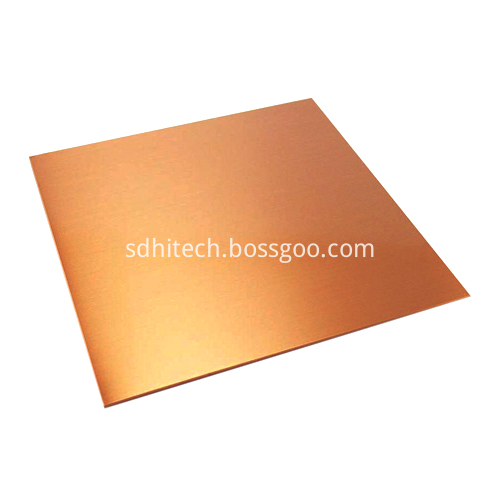Beryllium Copper
One of the highest strength copper based alloys available on the market today is beryllium copper, also known as spring copper or beryllium bronze. The commercial grades of beryllium copper contain 0.4 to 2.0 percent beryllium. The small ratio of beryllium to copper creates a family of high copper alloys with strength as high as alloy steel. The first of the two families, C17200 and C17300, includes high strength with moderate conductivity, while the second family, C17500 and C17510, offers high conductivity with moderate strength. The principle characteristics of these alloys are their excellent response to precipitation-hardening treatments, excellent thermal conductivity, and resistance to stress relaxation.
Beryllium Copper,Beryllium Copper Alloy,Beryllium Copper Plate,Beryllium Copper Electrolysis Shandong Hitech Metal Material Co., Ltd , https://www.sdhitech.com
The dewaxing of modern lubricating oil base oils mainly adopts the solvent dewaxing process. After using a large amount of solvents, it is still necessary to effectively recycle the solvent. Previously, solvent recovery had been a three-way evaporation method, and the solvent consumed a lot of energy during the heating-condensation cycle. To this end, Daqing Chemical Research Center has developed a new way to use styrene modified membranes to efficiently recover solvents with low energy consumption.
They used polyacrylonitrile, polysulfone, or polyethersulfone ultrafiltration membranes as the matrix membrane, and grafted the styrene gaseous monomer in contact with the membrane to prepare a nanofiltration membrane. The membrane has strong hydrophobicity, small pore size and uniform distribution, and improves the separation performance of the traditional polymer membrane. The membrane was used for the separation and recovery of toluene and butanone solvent in the lube ketone benzene dewaxed filtrate, and had a high rejection rate for the lubricating oil under certain operating conditions.
This patented technology is used to recover the dewaxing solvent. It can directly recover the ketobenzene solvent from the lubricating oil dewaxing filtrate at low temperature, and can save the fuel oil consumption in the evaporation recovery process and reduce the consumption of cooling water in the condensation process. Increase the output of lubricants,

The grafted styrene modified membrane developed by the Daqing Chemical Research Center of the Petrochemical Research Institute and its preparation method have recently obtained national invention patents. The membrane was used to separate and recover the toluene and butanone solvent in the lube ketone benzene dewaxing filtrate. When the temperature was -15°C, the rejection was as high as 88%, which was of great significance for energy conservation and consumption reduction.